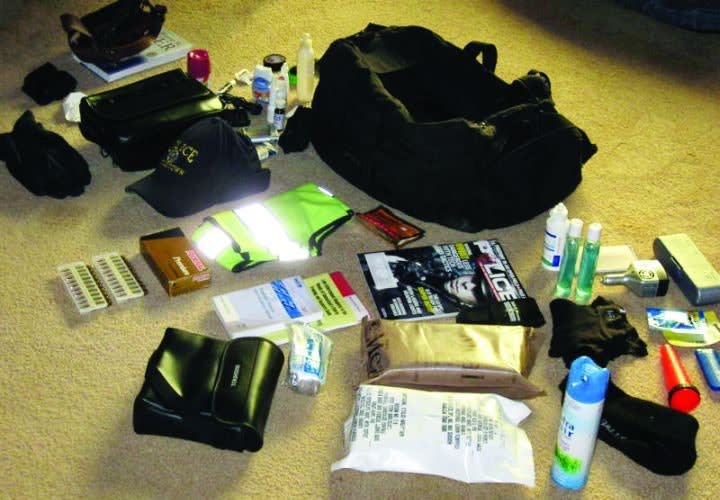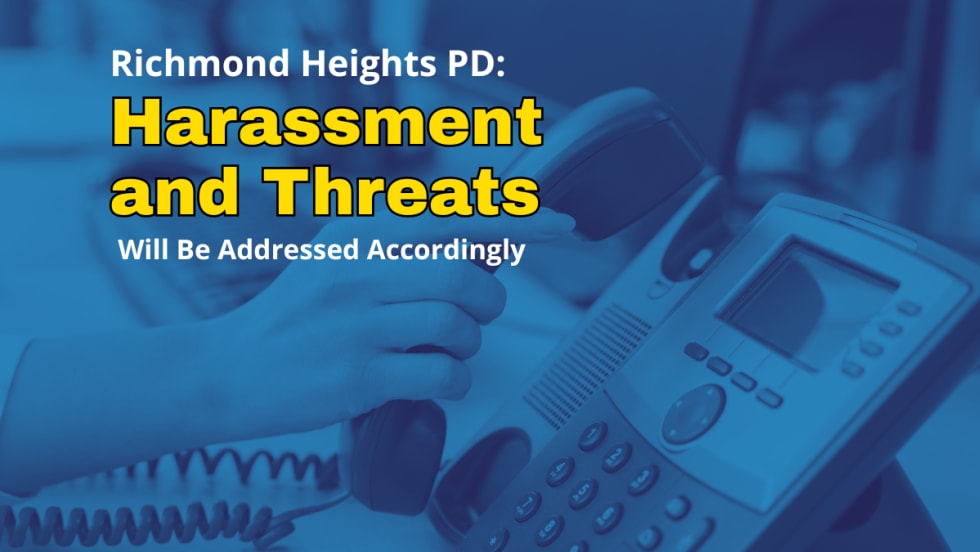It's also important to decide where you'll store your bags on patrol. In the old days, we had cruisers with bench seats and very little equipment up front. Nowadays, the front seats of our cruisers are impossibly jammed with laptops, radar, various radios, switch boxes, etc. This poses very serious problems in accessing your gear, and safe patrol tactics.
I used to practice sliding over to the other side of the bench seat if I needed to escape my cruiser if ambushed. That is impossible now due to the bucket seats and the center console jammed with equipment. We are now forced to put our equipment bags in the back seat, behind our cage. This makes it hard to get to the gear bag and poses a security problem when transporting prisoners. If you can keep your patrol bag on the passenger side front seat, that's ideal. If not, then whenever you take a prisoner on board, remember to put your gear bags in the trunk, secured.
Know Your Inventory
More than once, I was engaged in a neighborhood melee and I could picture some important article of gear that I desperately needed but was in my locker, or in my P.O.V., or at home. I learned the hard way to carry whatever I could possibly think of, and I have an excellent imagination when it comes to preparing for "what if" situations.
In all my years the gear I carried saved me in dangerous situations, and made many long stakeouts, plane crash scene securing details, and perimeter homicide watch details much more comfortable. Remember, employ the proper tactics, train frequently, and carry the proper gear. You are the SWAT team until the SWAT team gets there.












